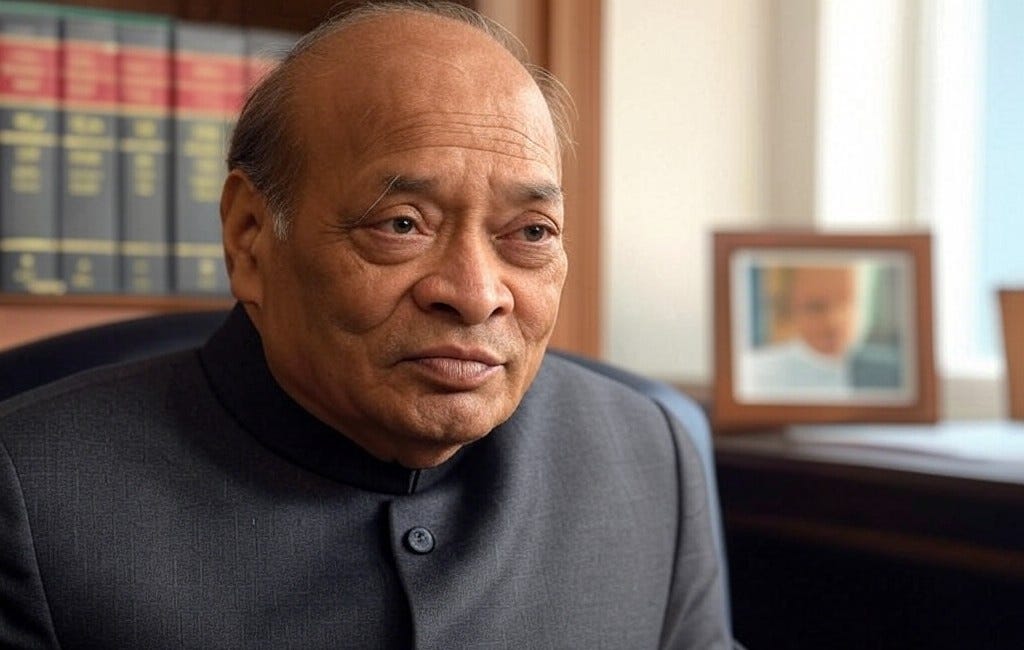Why You Behave Like Diplomats Without Knowing
Strategic Ambiguity in Everyday Life
Picture this: a world leader stands at a podium and declares, “All options are on the table.” War? Sanctions? A strongly worded letter? No one knows—and that’s the point. It’s strategic ambiguity. Vagueness as a tool.
Now, think about the last time you texted a friend, “Let’s hang out soon,” without picking a date. Or told your boss, “I’ll get to that soon,” without setting a time. That’s not flakiness. That’s you playing diplomat.
Strategic ambiguity isn’t reserved for global crises. It’s how we sidestep commitments, keep options open, and get through the day. You might not plan it like a chess master, but your brain leans on it constantly.
Let’s unpack how this quiet tactic shapes your relationships, work, and decisions—and how to use it with purpose.
Your Life as a Diplomatic Mission
You spend your days making small negotiations. At work. With friends. In your head. All without realizing you’re doing it.
After a decent first date, you text: “Let’s see how it goes.” Not a yes, not a no. Just enough to keep it alive without overcommitting.
Or your boss tosses a vague task your way. You respond with, “I’ll touch base later.” That’s not procrastination—it’s you buying time, keeping your options open.
When a friend asks which side you’re on in an argument, you say, “That’s a good question.” That’s not indecisiveness—it’s neutrality. Switzerland-level neutrality.
Your brain isn’t just avoiding discomfort. It’s running a playbook designed to reduce conflict and give you wiggle room. You’re better at strategy than you think.
Why Your Brain Loves Ambiguity
You’re not trying to be vague. Your brain is just doing what it’s always done.
Back when survival meant avoiding saber-toothed tigers and unpredictable tribes, clear signals were risky. Vague replies kept early humans alive. “Maybe I’ll join your hunting party” let them keep their options open—and dodge danger.
Fast forward to now, and we’re still using the same instincts.
When your friend asks about weekend plans and you say, “I’ll figure it out,” that’s not laziness. That’s your brain leaving doors open.
When your boss asks about long-term goals and you say, “I’m keeping my options open,” you’re not evading—you’re staying flexible in case something better comes along.
Ambiguity is your default setting. A defense against overcommitment, judgment, or FOMO. It’s less about scheming and more about staying ready.
When Ambiguity Works (and When It Doesn’t)
Strategic ambiguity is a flexible tool—but it’s not good for everything.
When it works:
Flexibility: “Let’s play it by ear” keeps your schedule open.
Peacekeeping: “I get both sides” avoids unnecessary fights.
Buffer time: “Not sure yet” lets you think before committing.
But if you lean on it too much, things get murky.
When it backfires:
Confusion: “Soon” might mean different things to different people.
Trust issues: Always being vague can make you seem unreliable.
Stalling out: “I’ll figure it out later” is how big plans die slowly.
Used well, it’s a smart tactic. Used too often, it keeps you stuck.
Becoming a Sharper Communicator
You don’t need to drop ambiguity altogether—just get better at choosing when to use it.
Start by catching yourself. Next time you say, “Maybe,” or “We’ll see,” ask why. Are you dodging a hard answer, or just not ready to commit?
Use vagueness when it helps. Say “Let’s keep this open” to cool off a tense conversation. Or “I’m flexible” when coordinating with someone stressed.
But when clarity matters, go there: “I need this by Friday.” “No, I can’t make it.” Directness builds trust.
Try this hybrid approach: “I’ll think about it” becomes “I’ll let you know by Tuesday.” Still leaves room—but now it’s actionable.
You’re not just surviving anymore. You’re in control.
The Takeaway
You’ve been playing diplomat all along—with every “maybe” and “we’ll see.” It’s not weakness. It’s built-in.
But now that you know what you’re doing, you can be more deliberate.
Next time you hedge, ask: Am I being strategic or just avoiding the moment to avoid confrontation?
Because when you know how to wield ambiguity with intention, it stops being a crutch—and becomes a skill.
Follow-up article
Learn How to Procrastinate Strategically from Former Indian Prime Minister
P.V. Narasimha Rao, often called "The Chanakya of Indian Politics," was a unique figure in India's political landscape. Known more for his strategic mind than for charisma, Rao was the first South Indian to become India's Prime Minister. His tenure from 1991 to 1996 is particularly noted for the economic reforms that transformed India's economy.


